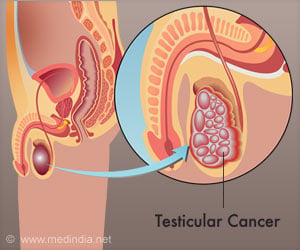Clarithromycin - A Review
DR T R RAMANUJAM M.D., C.MI.Biol (Lond)
ANTIMICROBIAL ACTIVITY
CLINICAL PHARMACOKINETICS
CLINICAL EFFICACY
TOLERABILITY PROFILE
ADVERSE EFFECTS & DRUG INTERACTIONS
CHOOSING HOOSING MACROLIDES
CONCLUDING SUMMARY
BRIIGHTER SIDE OF CLARITHROMYCIN
DARKER SIDE OF CLARITHROMYCIN
CURRENT TRENDS IN MICROLIDE USE
CLINICAL PHARMACOKINETICS
Clarithromycin is acid stable rapidly and completely absorbed per orally to the extent of 100% and absolute bioavailability is 55% and is unaffected by food.
Binding- 80% to Plasma alpha 1 acidic glycoprotein
Vd - 191 – 306 L
Plasma t ½ - 3-4 hrs (Max 9 hrs)
Salivary concentration = Plasma concentration
Prolonged high concentrations in - Lungs, Tonsils, nasal tissue, middle ear and WBC (twice that of plasma).
Hepatic metabolism & its 14 OH metabolite is pharmacologically active (synergistic activity renders it bactericidal).
Clarithromycin inhibits the isoenzyme of Cyt P 450 viz., CYP3A family and thereby increase the concentrations of several drugs administered concurrently resulting in serious clinically significant drug interactions. The hepatic metabolism of clarithromycin is reduced in older patients with hepatic impairment and necessary dose adjustments have to be made., however, in mild hepatic dysfunction no dose adjustments need be necessary. Hepatic elimination constitutes about 60% and renal elimination about 37%. No dose adjustments is necessary unless creatinine clearance is < 30 ml/Mt. i.e., 1.8L/hr. Clarithromycin concentrations achieved in tissue exceed the plasma by;
3.1 : 1 Bronchial secretion
8.82 : 1 Middle year fluid
5.17 : 1 Epithelial lining fluid
94.1 : 1 Alveolar macrophages
28.7 : 1 Lung tissue
331 : 1 Tonsillar tissue
27.5 : 1 Nasal mucosa.
Of particular note is the high concentration in the alveolar macrophages, Lung tissue and tonsillar tissue show high penetration of the drug into the respiratory tract cells, a feature that should enhance efficacy against typical and atypical pathogens which usually cause community acquired pneumonia ( CAP). Concentrations of both clarithromycin and its 14 OH metabolite (active) exceed MICs for most respiratory pathogens maintained longer in tissue than fluid and longer in fluid secretions than in plasma.
Significant quantities of clarithromycin and its metabolites are excreted in breast milk of nursing mothers.
A Modified Release (MR) formulation of clarithromycin has been developed to increase the patient compliance and the elimination t ½ of clarithromycin and its metabolite is not altered although the peak concentrations may be delayed.











